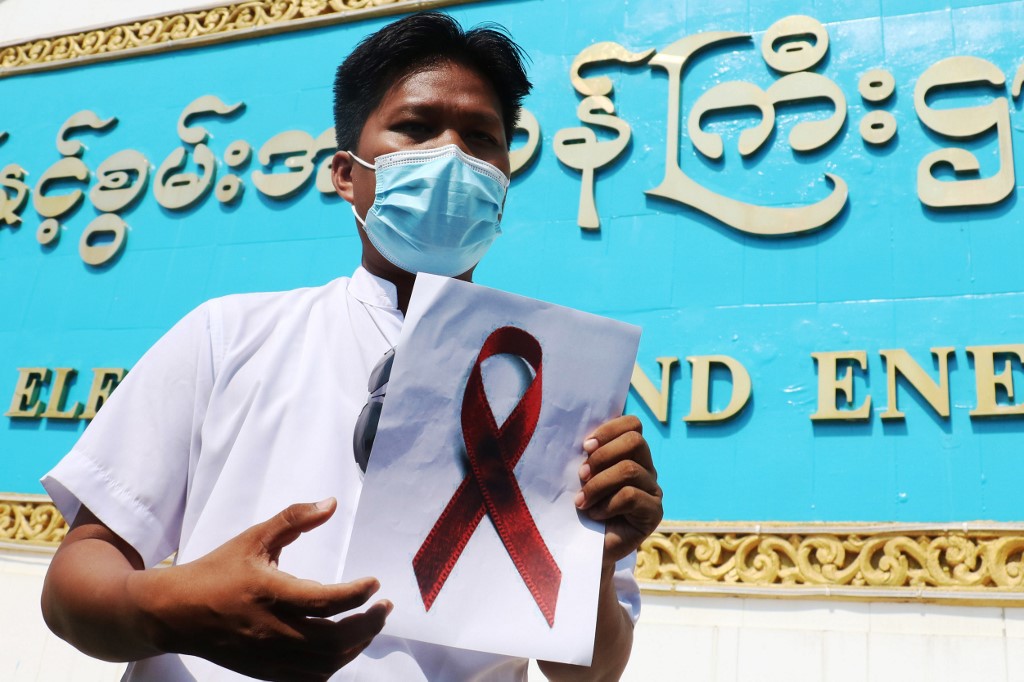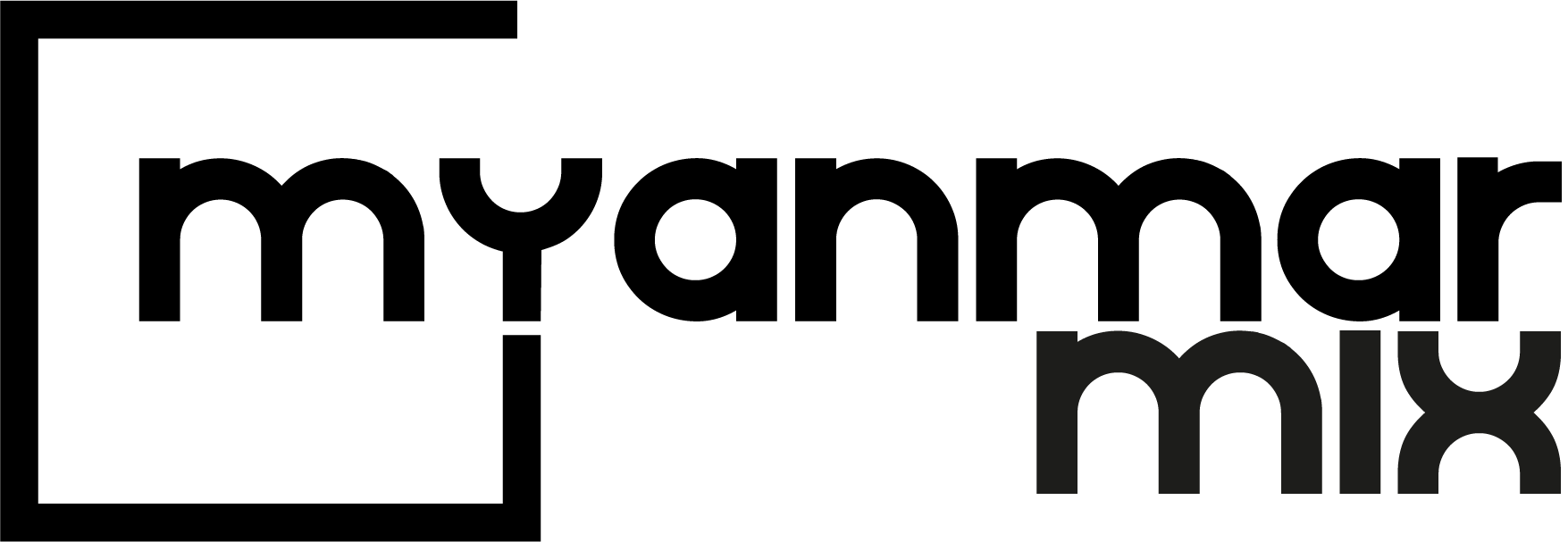
One week after Myanmar’s military seized power from a democratically elected government, towns and cities across the country have rallied in indignation and solidarity for the biggest pro-democracy protests since 1988.
So far no violence has been reported in Yangon, though police fired water cannon into a Naypyidaw crowd and other officers fired gun shots yesterday in Myawaddy. It’s unclear whether there have been any injuries.
Ubiquitous among the protesters is the red ribbon – pinned to clothes, tied to shop doors and hung outside homes. Red is the colour of the National League for Democracy, whose leader Aung San Suu Kyi has been detained by the Tatmadaw. Her arrest and safety is a powerful motivation for the mass demonstrations.
Medical workers began wearing the ribbon in protest of the regime five days ago.
The three-finger salute adopted from the Hunger Games films has also become a symbol of opposition to the military – not only in Myanmar but also in other democracy movements in Southeast Asia.
For a 24-year-old banker worker who asked for anonymity, the ribbon stands for social disobedience in the face of a military dictatorship. The 1980s had the 8888 Uprising – when the military cracked down on pro-democracy demonstrators on 8 August 1988 – while the 2000s had the monk-led Saffron Revolution, which opposed the junta in 2007.
“You could call this the Red Ribbon Revolution,” she said, pointing to the ribbon on her top. “We are doing this to free Daw Aung San Suu Kyi from the military. We are doing it for democracy. Maybe we will be successful, maybe we won’t, but we will continue to try our best.”
A tour guide, who was also wearing a ribbon, on a march near Sule Pagoda in downtown Yangon said he hoped that the enormity of the rallies would pressure the military to reverse its coup.
“The red ribbon stands for peace,” he added.

